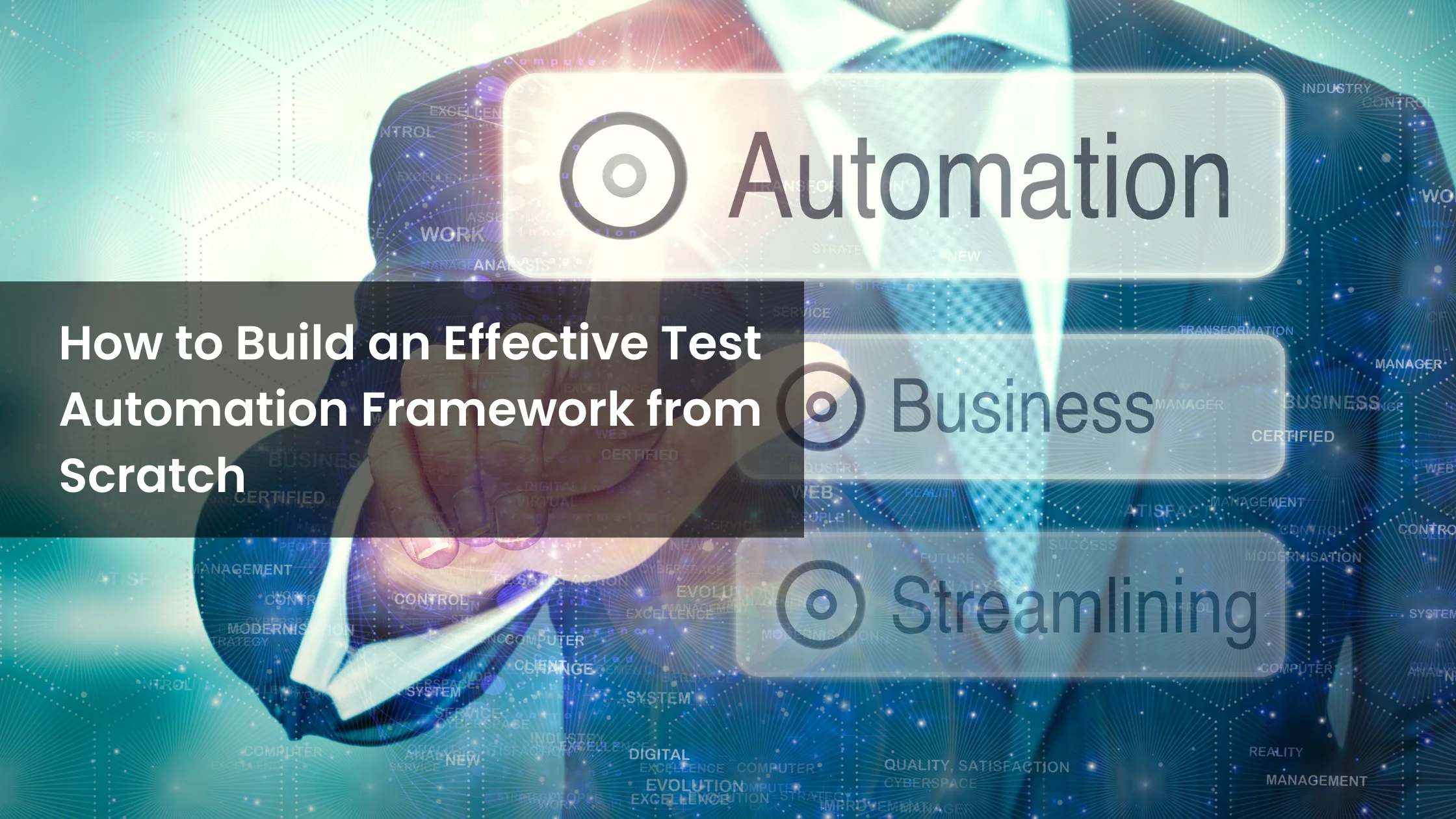Introduction
The software testing field has witnessed an incredible journey, evolving from manual bug-hunting endeavors to sophisticated automation frameworks. Decades ago, testers relied on rudimentary methods to ensure software quality. Today, the landscape is dominated by tools and methodologies that harness the power of artificial intelligence and cloud computing. This progression reflects not just technological advancements but also the growing importance of quality assurance in delivering robust software solutions.
Understanding the future of software testing is not just a theoretical exercise; it’s a strategic imperative. As technology continues to advance at breakneck speed, the role of testers must adapt to ensure relevance. By examining trends, skills, and emerging challenges, we can map out a trajectory for what lies ahead for software testers.
The Role of Software Testers in a Changing Tech Landscape
Shifting from Manual Testing to Automated Testing
The pivot from manual to automated testing isn’t just a trend; it’s a necessity. Manual testing, while insightful, often struggles to keep pace with the speed and complexity of modern software development. Automated tools streamline repetitive tasks, enabling testers to focus on high-level strategy and exploratory testing. However, automation requires testers to upskill, particularly in scripting and tool proficiency, underscoring a shift in the tester's role from executor to strategist.
The Integration of AI and Machine Learning in Testing
Artificial intelligence is no longer an emerging technology; it’s an integral part of software testing. From predictive analytics to self-healing test scripts, AI application testing offers unparalleled efficiency. These technologies enable testers to identify patterns, predict potential failures, and optimize testing cycles. However, integrating AI also demands a nuanced understanding of its limitations and ethical implications.
Embracing Agile and DevOps Methodologies
Agile and DevOps have redefined the software development lifecycle, placing testing at the heart of continuous delivery. Testers now work in tandem with developers and operations teams, breaking down traditional silos. This shift necessitates not only technical skills but also the ability to communicate effectively across disciplines, ensuring that quality remains a shared responsibility.
Emerging Technologies Reshaping Software Testing
How Cloud Computing is Transforming Testing Practices
Cloud computing has revolutionized testing environments, offering scalability and flexibility previously unimaginable. Testers can now simulate complex scenarios without the need for extensive physical infrastructure. This paradigm also facilitates global collaboration, enabling teams to conduct testing across geographies seamlessly.
The Role of IoT in Expanding Testing Horizons
The Internet of Things introduces a new layer of complexity to testing. IoT device testing involves interconnected devices, each with unique protocols and standards. Testers must account for data security, device compatibility, and real-time communication, expanding the scope of traditional testing frameworks.
Testing in a World of Blockchain Applications
Blockchain technology, while secure by design, presents unique challenges for testers. Verifying the integrity of smart contracts, ensuring network scalability, and simulating attack scenarios are critical tasks. Testers in this domain must develop a deep understanding of blockchain mechanisms to ensure robust and reliable implementations.
Key Skills Software Testers Will Need in the Future
The Rising Demand for Coding and Scripting Knowledge
As automation takes center stage, proficiency in programming languages like Python, Java, and JavaScript is no longer optional. Testers are expected to write and debug scripts, configure testing tools, and integrate them into CI/CD pipelines.
Problem-Solving and Analytical Thinking: A Must-Have Competency
Modern software testing requires a problem-solving mindset. Testers must analyze complex systems, anticipate potential issues, and devise innovative solutions. Analytical thinking is essential for designing test cases that uncover hidden flaws.
Staying Relevant with Continuous Learning and Certifications
In a field as dynamic as software testing, continuous learning is imperative. Certifications like ISTQB, Agile Tester, and Selenium offer formal validation of skills while keeping testers updated on the latest industry practices.
Automation vs. Human Testers: Striking the Balance
Why Automation Will Never Fully Replace Human Testers
While automation excels at executing repetitive tasks, it lacks the intuition and critical thinking that human testers bring to the table. Exploratory testing, usability assessments, and ethical considerations remain domains where human input is irreplaceable.
The Value of Creativity and Critical Thinking in Testing
Creativity enables testers to think beyond predefined test cases, identifying edge cases that automation might miss. This skill is particularly valuable in exploratory testing, where unstructured testing approaches often reveal the most critical issues.
The Growth of Specialized Testing Roles
The Rise of Performance and Load Testing Experts
As applications scale to serve millions, performance testing has become paramount. Testers specializing in load testing ensure that systems perform optimally under stress, preventing crashes and downtime.
Security Testing in an Era of Cyber Threats
With the rise of cyberattacks, security testing is no longer optional. Testers in this domain focus on identifying vulnerabilities, testing firewalls, and ensuring compliance with data protection regulations.
Usability Testing as a Key Differentiator
In a competitive market, user experience is a crucial differentiator. Usability testers evaluate software from the end-user perspective, ensuring intuitive design and seamless functionality.
The Future Work Environment for Software Testers
Remote and Freelance Testing Opportunities
Remote work and freelancing offer flexibility and autonomy for testers. Platforms like uTest and Testlio connect testers with global opportunities, fostering diverse and inclusive work environments.
The Role of Testing-as-a-Service (TaaS) in Shaping Careers
Testing-as-a-Service allows organizations to outsource their QA needs. This trend opens new avenues for testers to work on varied projects without being tied to a single company.
How Artificial Intelligence is Changing the Tester’s Toolkit
AI-Powered Test Management Tools and Platforms
AI-driven tools streamline test management by automating test case generation, defect tracking, and reporting. These platforms reduce human error and enhance efficiency, allowing testers to focus on critical tasks.
Predictive Analytics in Software Testing
Predictive analytics leverages historical data to forecast potential issues. This capability helps teams prioritize testing efforts, reducing time-to-market while ensuring software quality.
Conclusion
The future of software testing is both exciting and demanding. Testers must adapt to new technologies, embrace continuous learning, and develop a blend of technical and soft skills to thrive. As the industry evolves, the role of testers will remain indispensable, ensuring software quality and reliability in an increasingly digital world. Embracing change is not just an option—it’s the key to long-term success.
For more insights or to explore how Testriq can assist with your software testing needs, contact us.
 Building a test automation framework from scratch can seem like a daunting task, but fear not! With the right roadmap and a dash of creativity, you'll be well on your way to creating a robust framework that simplifies testing and accelerates the delivery of high-quality software. Here's your step-by-step guide to kick-start the journey:
Building a test automation framework from scratch can seem like a daunting task, but fear not! With the right roadmap and a dash of creativity, you'll be well on your way to creating a robust framework that simplifies testing and accelerates the delivery of high-quality software. Here's your step-by-step guide to kick-start the journey: Hello there, aspiring software savant! If you've ever wondered what magic lies behind the flawless apps and software you use daily, then buckle up! Today, we're diving deep into the world of software testing—the unsung hero of tech. Ready to embark on this adventure? Let's get cracking!
Hello there, aspiring software savant! If you've ever wondered what magic lies behind the flawless apps and software you use daily, then buckle up! Today, we're diving deep into the world of software testing—the unsung hero of tech. Ready to embark on this adventure? Let's get cracking!